 (1).jpg)
12 July 2021 - 07:29 BY Louw
I would watch films and think, “how did that actor just get so emotionally involved…” OR, “how does she go from calm to anger-explosion in 2 seconds?” I admire these actors. I also want to know HOW they achieve these performances or scenes.
When I came across this next exercise in Tony Bar’s book, Acting For The Camera, I realized how this exercise might help me achieve those same impulses I admire so much.
It makes sense. When we create or find or imagine such a deep belief inside ourselves, something I personally can relate to, even if I have to use a more dynamic scenario in my head, it just connects me much more emotionally. I have an emotion that is full and not in and out of it. I can then sustain that scene’s emotion and my character’s Bottom-Line.
Tool to try:
Energy and Caring – Raising The Stakes Exercise (Tony Bar reference)
Find a fellow Tribe-member or acting friend. Then try this next exercise. You can use your cellphone to record the exercise.
“Sometimes we tend to think acting on film is literally doing nothing, having as little energy as possible and just saying the lines. It should look like you are doing nothing – but inside, everything should be happening. Energy should have little bursts, like a volcano, through you just saying the lines. How do you achieve this balance between having energy on film and doing nothing, just reacting? By raising the stakes.
- Take a potentially volatile scene – example: Kramer vs Kramer (film with Dustin Hoffman and Meryl Streep) where Joanna tells Ted she is leaving him. Do the scene in the following way:
- 1) Minimizing the obstacles. Have Ted choose that she has left before and not followed through; consequently, he is indifferent to her threats this time. Have Joanna choose that ‘the marriage is over,’ that she feels nothing for Ted, and is simply doing him the courtesy of telling him she is going before she leaves.
- Now play the tape back and watch what these adjustments do to the scene. You should notice an almost complete absence of energy and dynamics.
- Try the scene again, this time:
- 2) Maximizing obstacles. Have Ted choose that he will die if Joanna leaves him. Have Joanna choose that she must convince Ted that leaving him is the right thing to do, that she cannot live with herself if she does not; that Ted will think she is a witch, and that he will teach her son to hate her.
Watch how these adjustments affect the energy level of the scene: the greater the stakes, the more you care; the more you care, the greater the level of emotional involvement, and the more explosive the resulting scene. Notice that changing how much you care about the obstacles you face changes the entire scene – without altering the written text.”
I use this tool often. I incorporate it into scenes where I feel I really need to up the stakes and find those explosive moments, keeping an audience engaged and ensuring I stay involved in the scene.
“Acting is not rocket science, but it is an art form. What you are doing is illuminating humanity.”
Viola Davis
How did you find the technique/tool/advice? Did it work for you? What was different this time? Share with the tribe and let’s keep on creating beautiful, honest and memorable performances. Let’s execute our best selves!
Kind regards
Edwin van der Walt
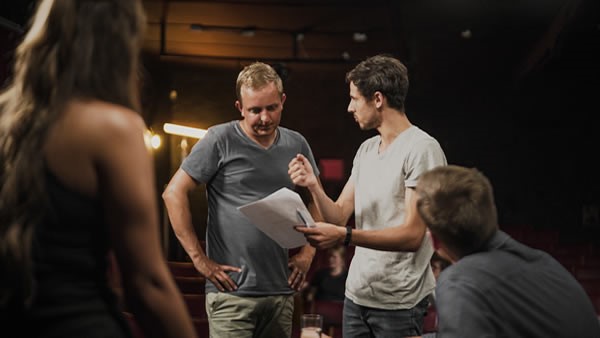
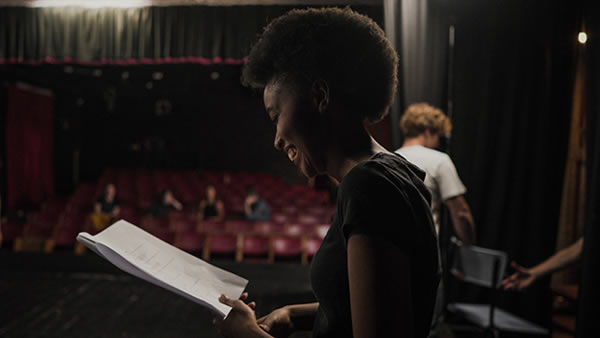

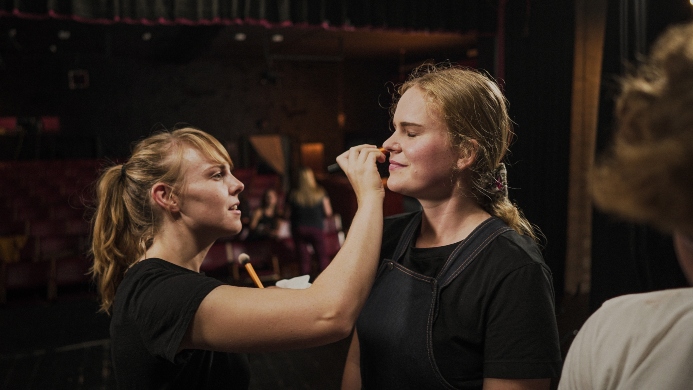
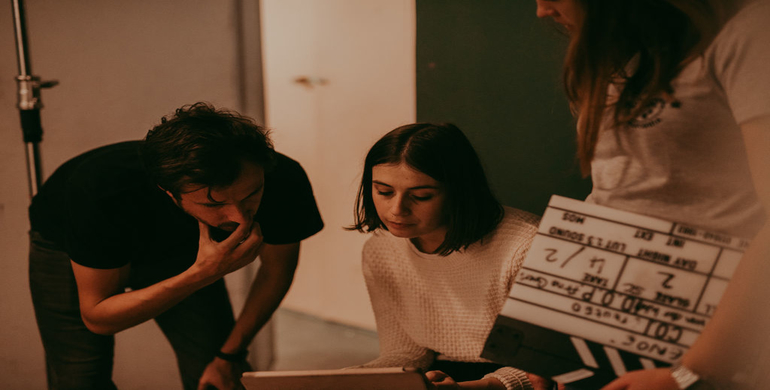

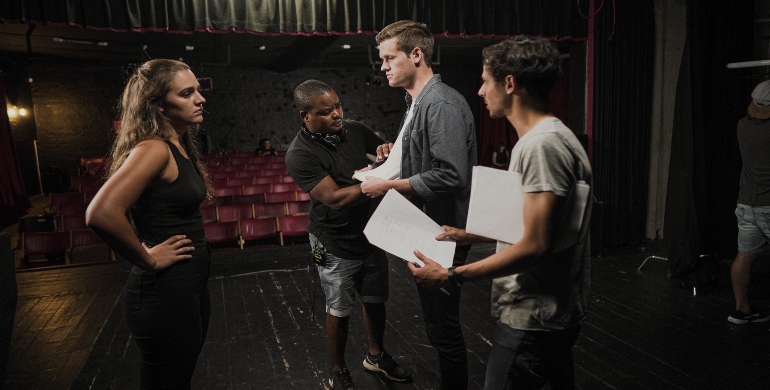
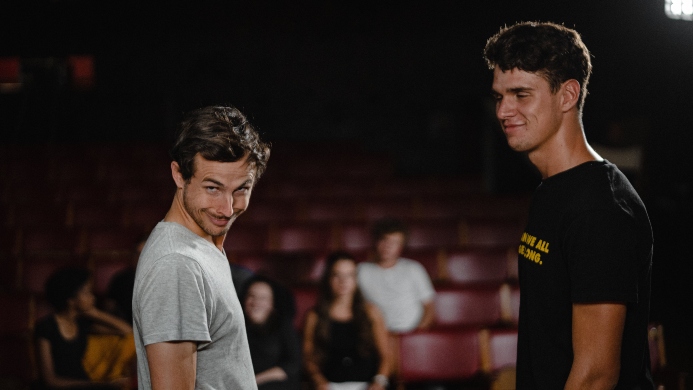
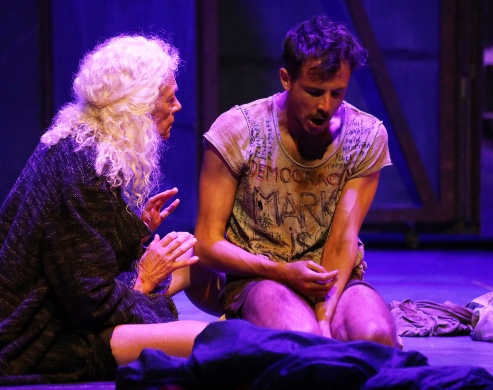

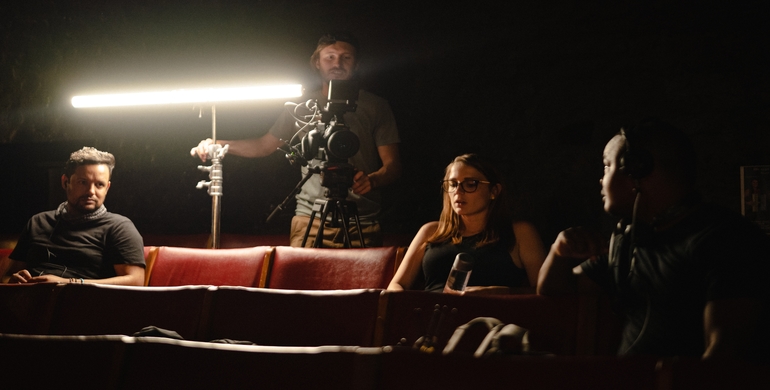
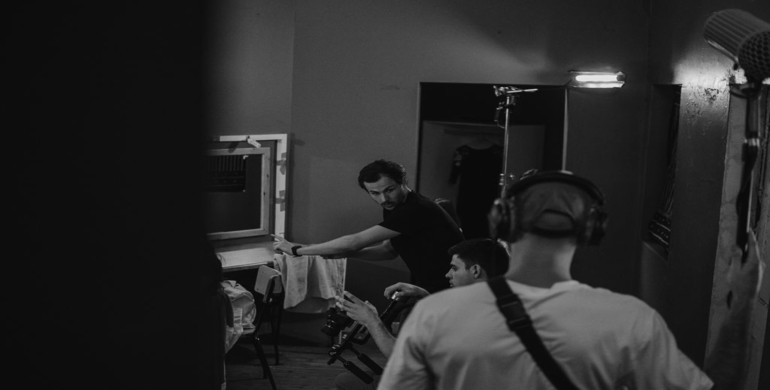
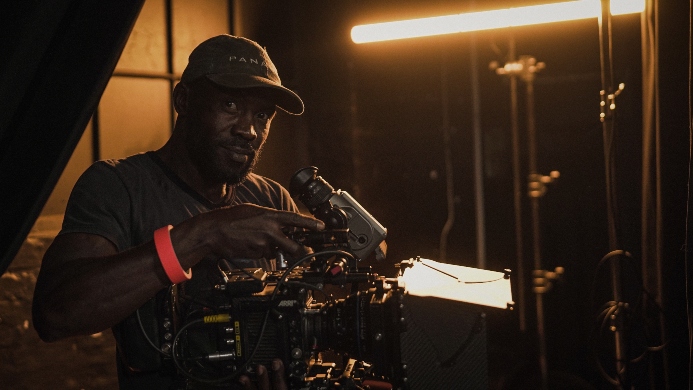
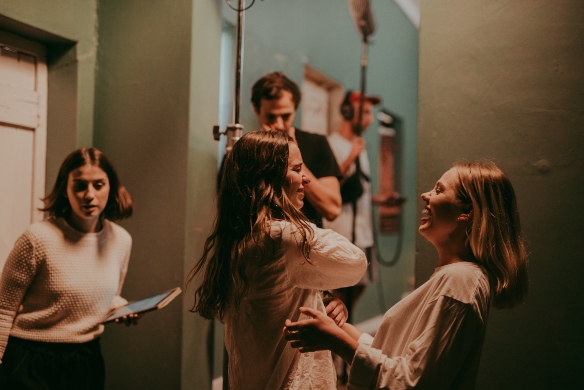
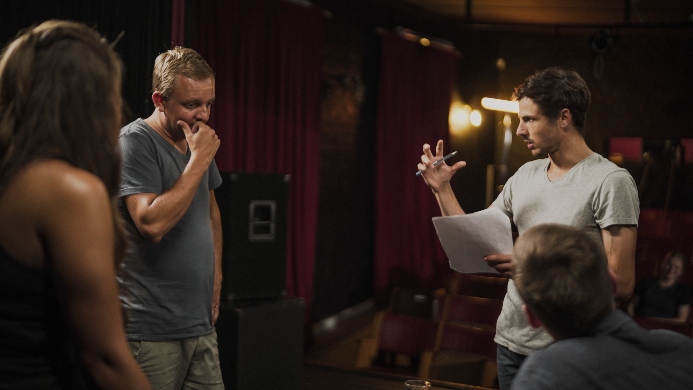
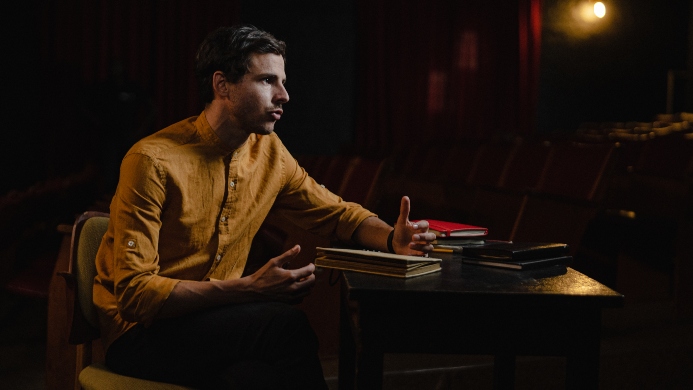
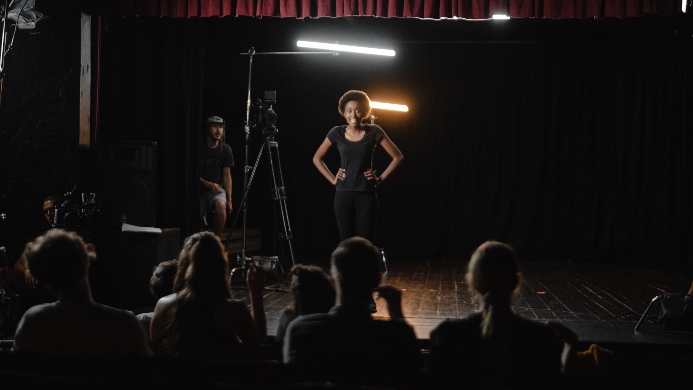
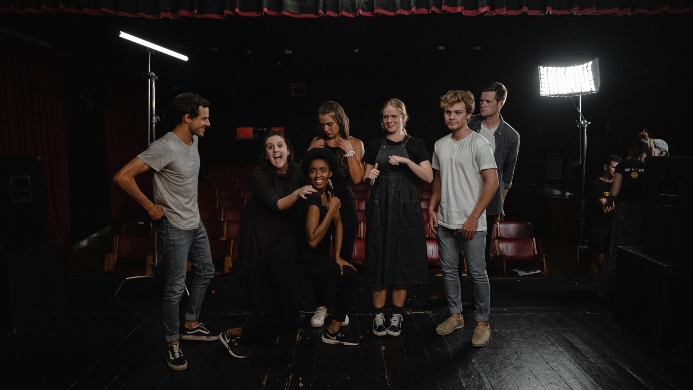
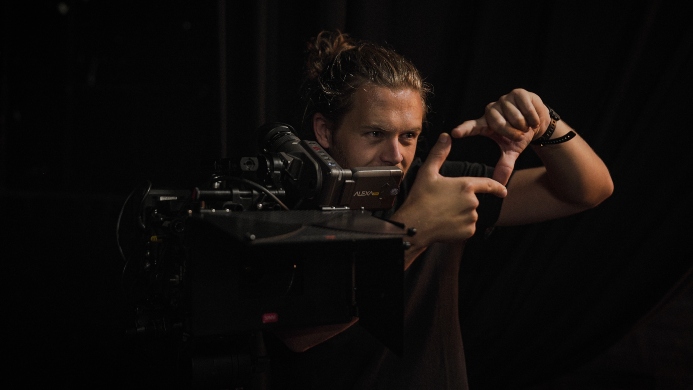
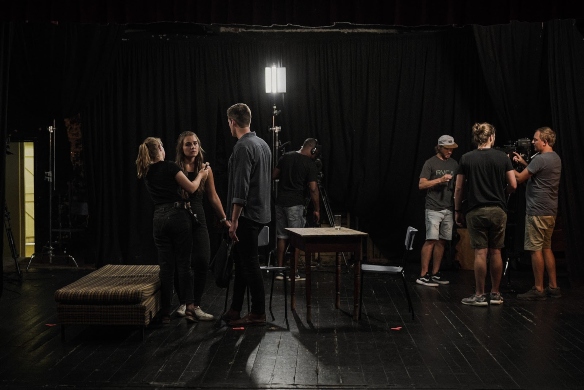
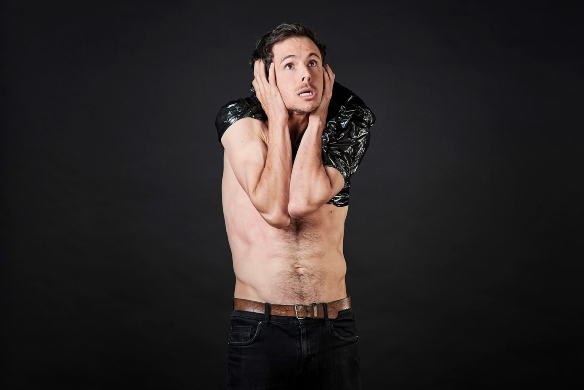
 1.jpg)
.jpg)
 (1).jpg)
 (1).jpg)
 (1).jpg)
 (1).jpg)
 (1).jpg)
 (1).jpg)
 (1).jpg)
 (1).jpg)
 (1).jpg)
 (1).jpg)
 (1).jpg)
 (1).jpg)
 (1).jpg)
 (1).jpg)
 (1).jpg)
 (1).jpg)
 (1).jpg)
 (1).jpg)
 (1).jpg)
 (1).jpg)
 (2).jpg)
 (1).jpg)
.jpg)
 (2).jpg)
 (1).jpg)
 (1).jpg)
.jpg)
 (1).jpg)
 (1).jpg)